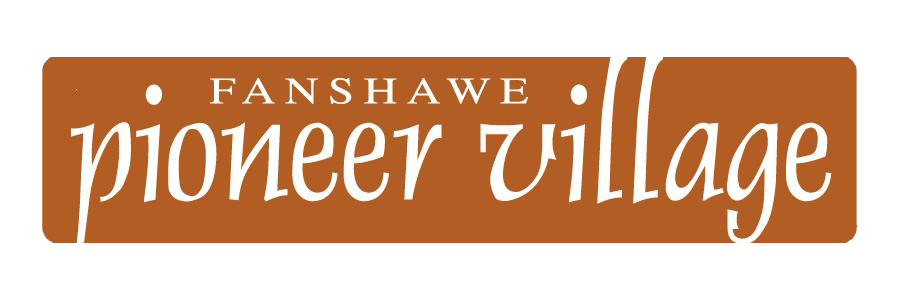Mount Moriah Masonic Lodge
Reconstructed Building
Westminster Township
Middlesex County
Circa 1860
This structure was once the Pond Mills School, formally known as School Section #7. The school was originally located in the village of Pond Mills, Westminster Township, which is now a subdivision in southeast London.
In 1995, London-area Freemasons approached the Village with a proposal to turn the school into Mount Moriah Lodge. This was the name of the First Masonic Lodge, formed in 1820, in Westminster Township. The interior underwent a complete renovation, so while the structure itself contains original material, the interior is a reconstruction.
The interior of the building now offers visitors a view of what a late 19th century Masonic Lodge would have looked like, and the interpretation of the Lodge is provided by volunteer Masons. The building is now also used as a meeting place by several area Masonic Lodges.
Masons were a visible group in many rural communities, participating in church parades, picnics, and celebrations. Before purpose-built lodges were constructed, meetings were often held in barns, taverns, and general stores.
Masons prided themselves on their membership including men of every occupation. Social rank was meant to evaporate and all members were intended to be equal. However, membership dues could financially exclude some members of the community. In the 1800s anyone could request admittance into an established Lodge, but their acceptance was dependant on an unanimous and anonymous vote. As a result, Black community members were often excluded, leading some to form their own lodges.
Community Building
Building a community is a communal effort and collaboration with neighbours is key. As more people came to Canada they found comfort, familiarity, and often safety in living near those with similar beliefs and experiences, due to prejudices or fears of the unknown. These divisions pushed communities to create facilities that provided both support and spaces to come together. These in turn allowed newcomers to get to know their neighbours and make contacts in the community.
As communities formed, business and infrastructure increased, as did the population, creating the need for more infrastructure – it was a cyclical effect.
Building restoration supported by Mount Moriah Masonic Heritage.








